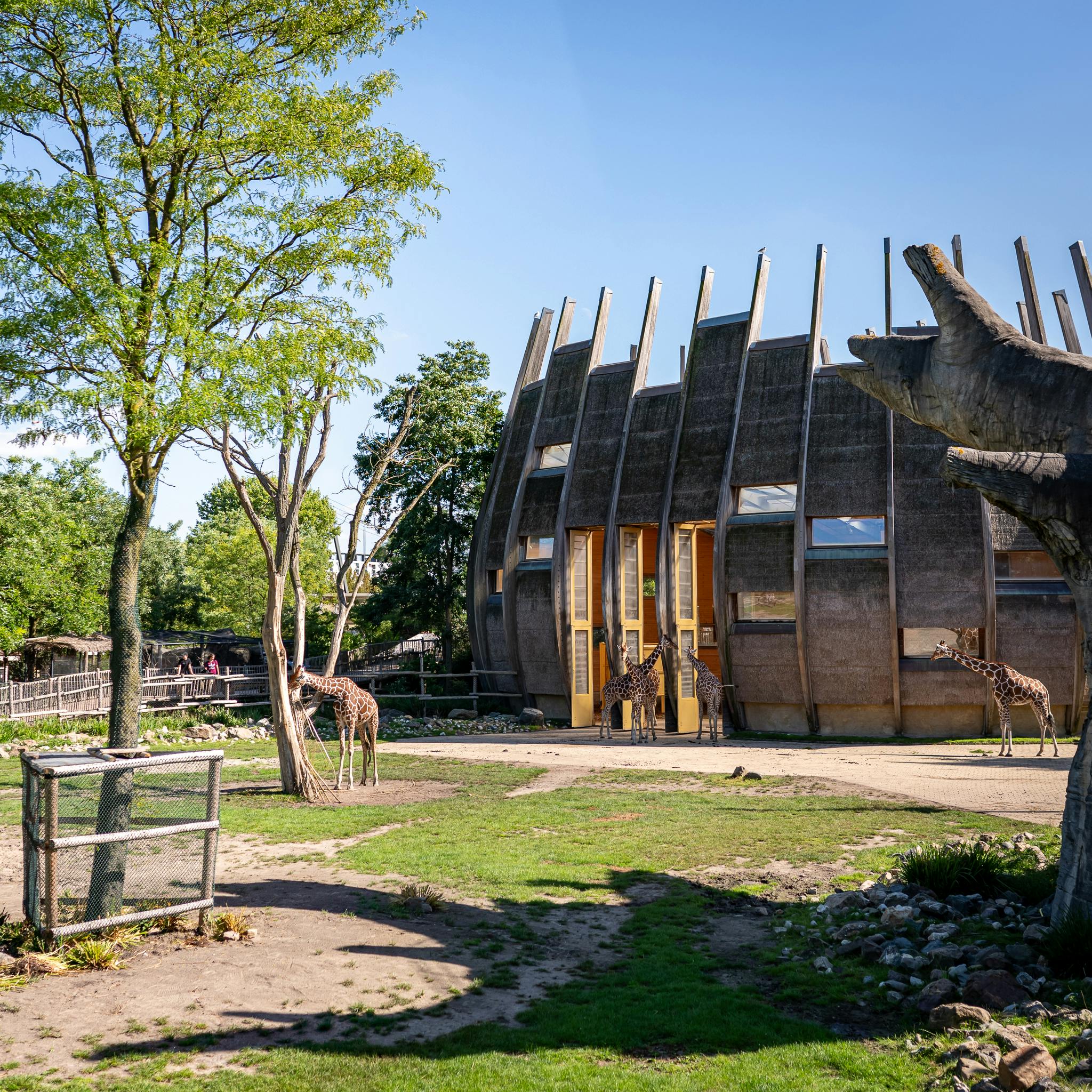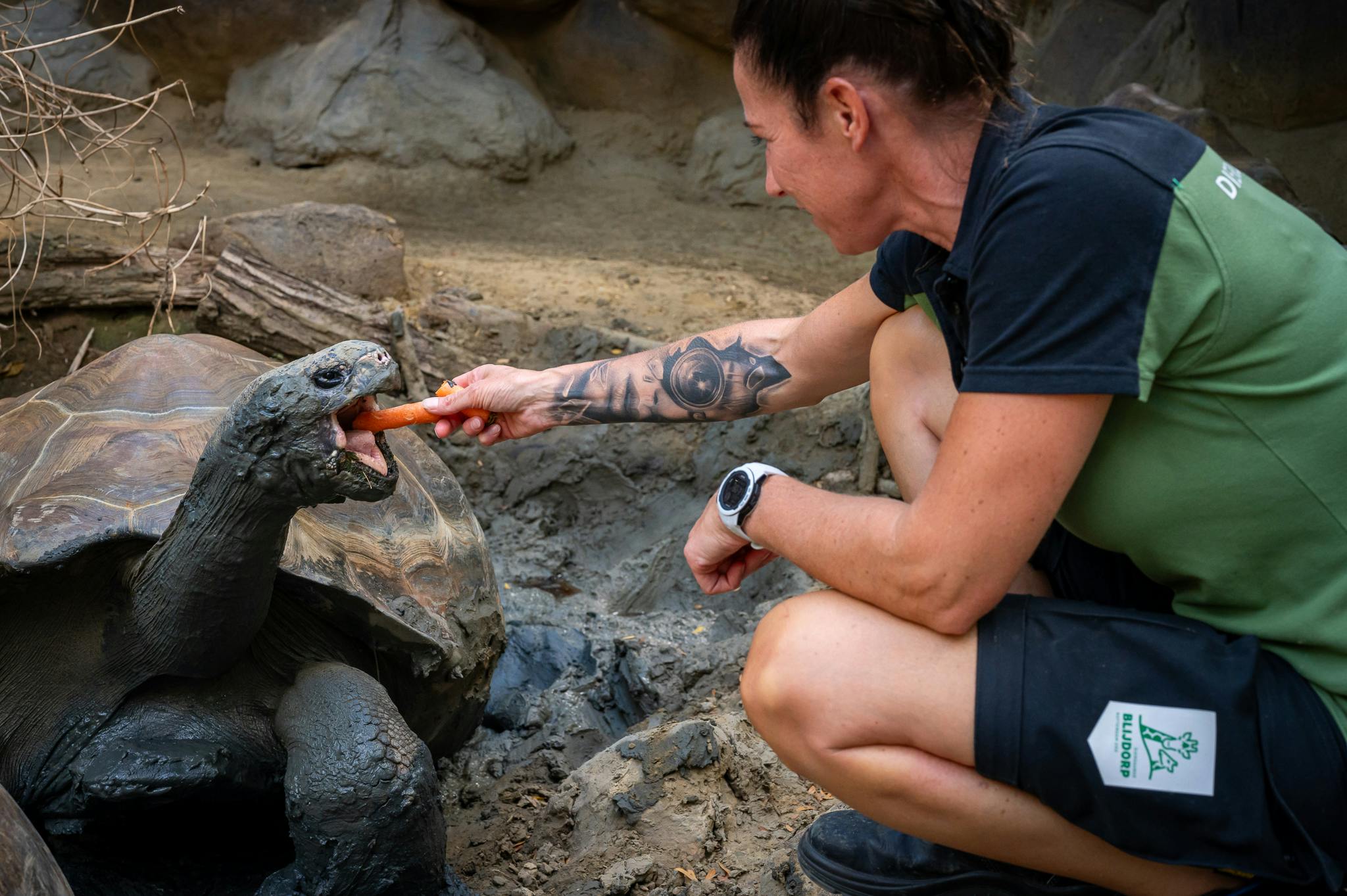
Diergaarde Blijdorp's commitment extends beyond nature conservation and education, demonstrating an unshakable dedication to the welfare of its animals. Every decision, big or small, is made with the animal's welfare in mind.

Animal welfare is at the heart of Diergaarde Blijdorp's ethical and operational vision. This approach is regularly revised based on the latest scientific insights and societal perspectives. An excellent level of animal welfare is indispensable for reliable scientific research, successful reproduction of endangered species, and effective conservation education. Thus, we see animal welfare not only as our ethical duty but also as an essential pillar of our conservation work.

As a progressive organization, Diergaarde Blijdorp strives for continuous collaboration with (inter)national partners. Active participation in conferences and knowledge sharing are central to our efforts. In this regard, the EAZA Best Practice Guidelines are leading. Through memberships in organizations such as NVD, EAZA, and WAZA, we undergo regular external evaluations, where our welfare standards are critically assessed.

The welfare of our animals is systematically evaluated using the NVD Animal Welfare Methodology. This thorough, objective assessment includes various welfare indicators. Results lead to the development of Animal Welfare Action Plans, with specific measures for improvement. Periodic reassessments guarantee continuous attention to the welfare of each animal in our care.

Research is indispensable for understanding and improving animal welfare. In collaboration with academic institutions, we conduct in-depth research into various welfare factors. Ranging from the impact of visitors to the effects of weather, we strive to continuously optimize the living conditions of our animals based on scientific findings.

Effectively managing stress is crucial for animal welfare. While acute stress responses can be natural, preventing chronic stress is a priority. We use advanced methods, such as cortisol measurements, to monitor stress levels. Proactive interventions are carried out when necessary to maintain an optimal level of well-being.

Reproduction plays a central role in our conservation efforts. However, interventions in this process can affect well-being. Therefore, we closely monitor the consequences of reproductive interventions. The aim is always to find a balance between conservation goals and ensuring the well-being of each individual animal.